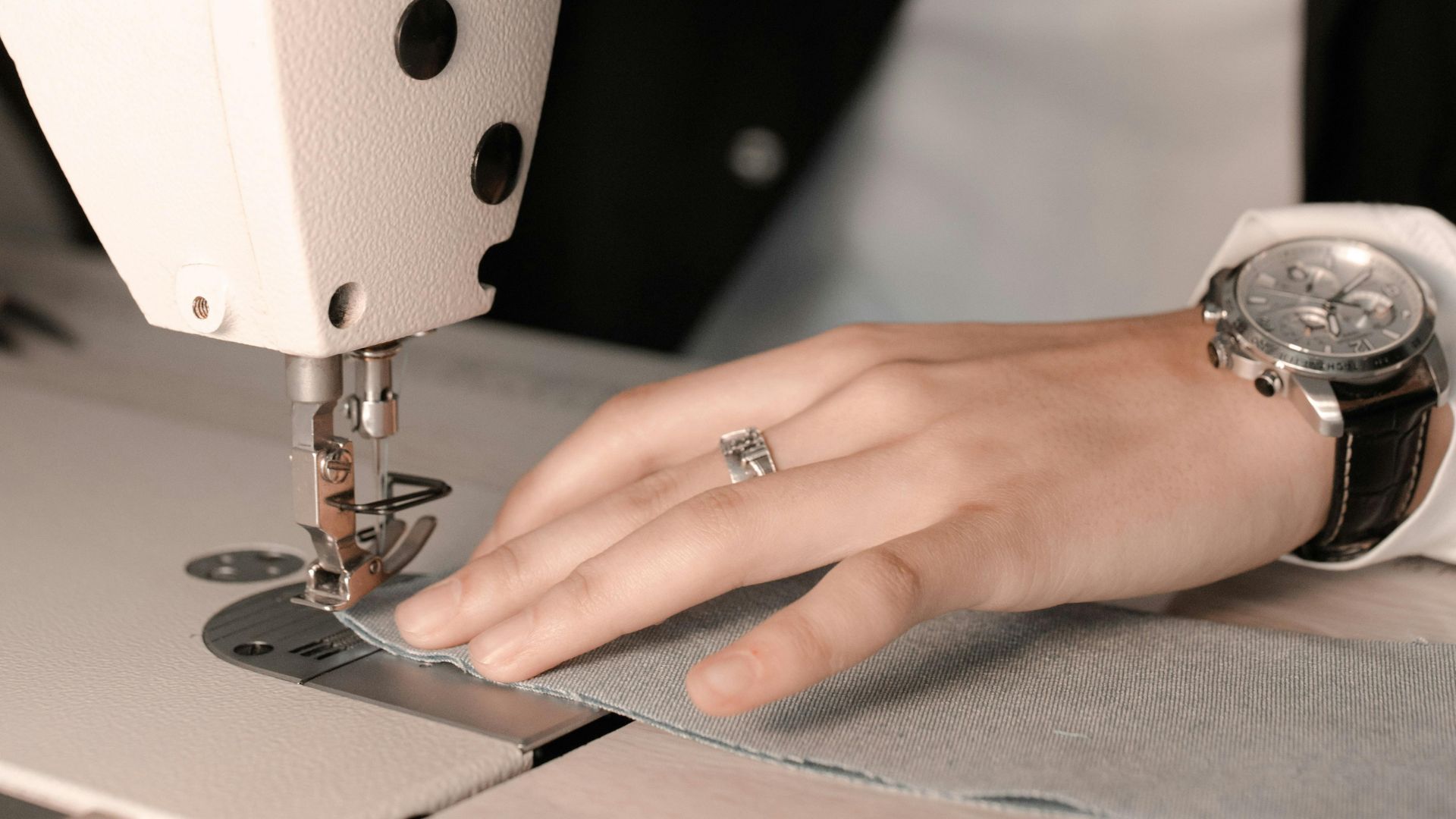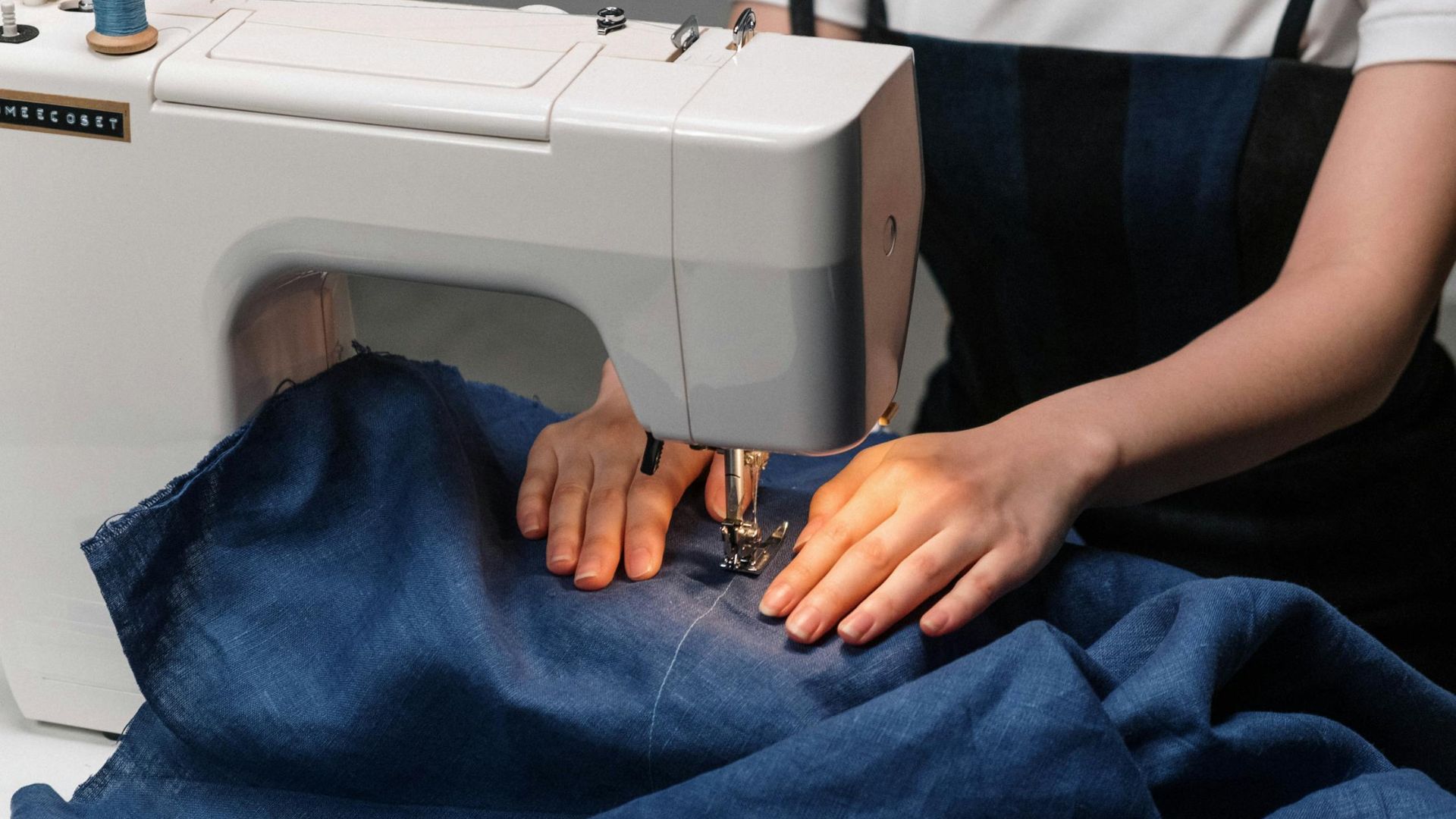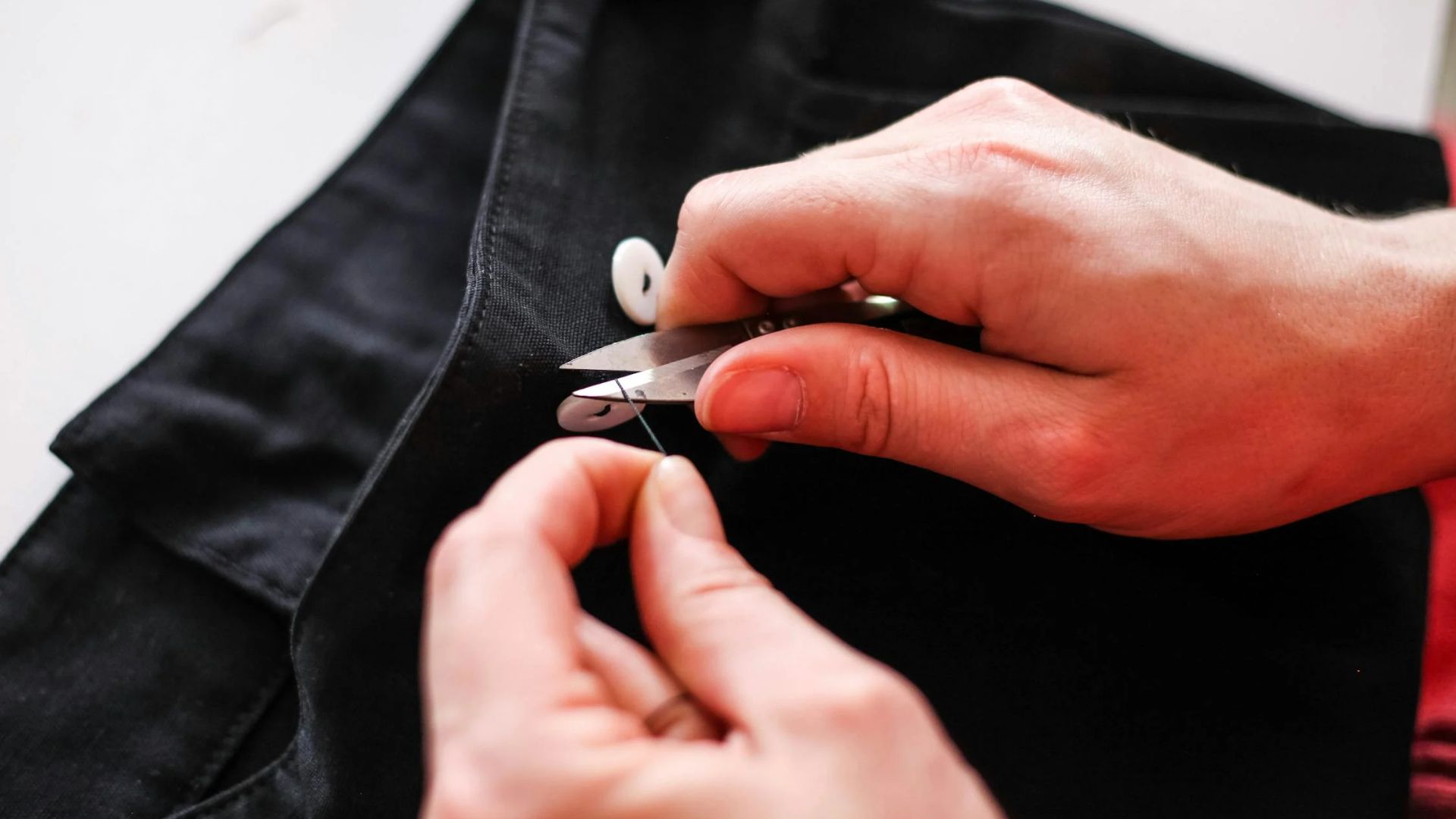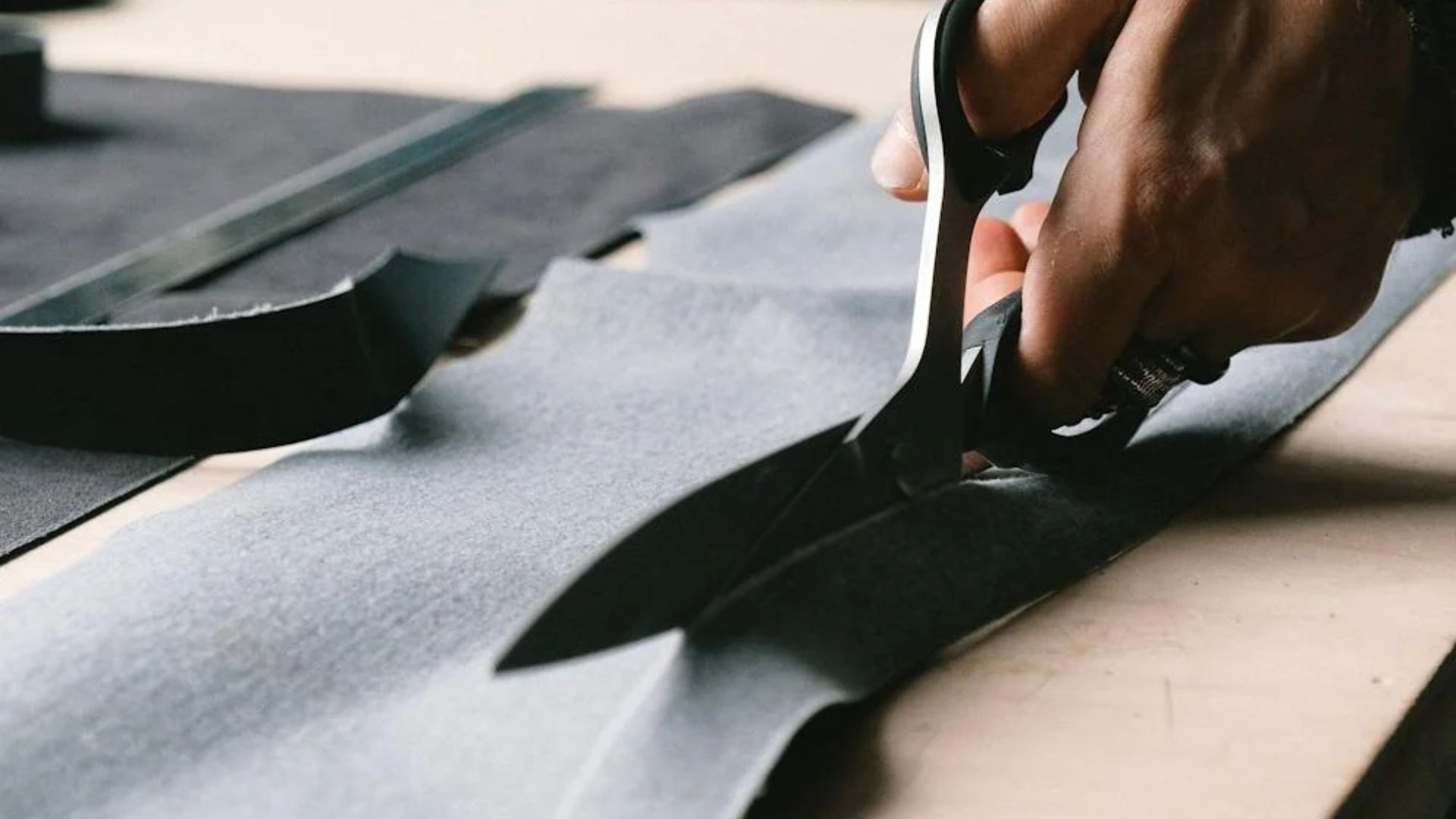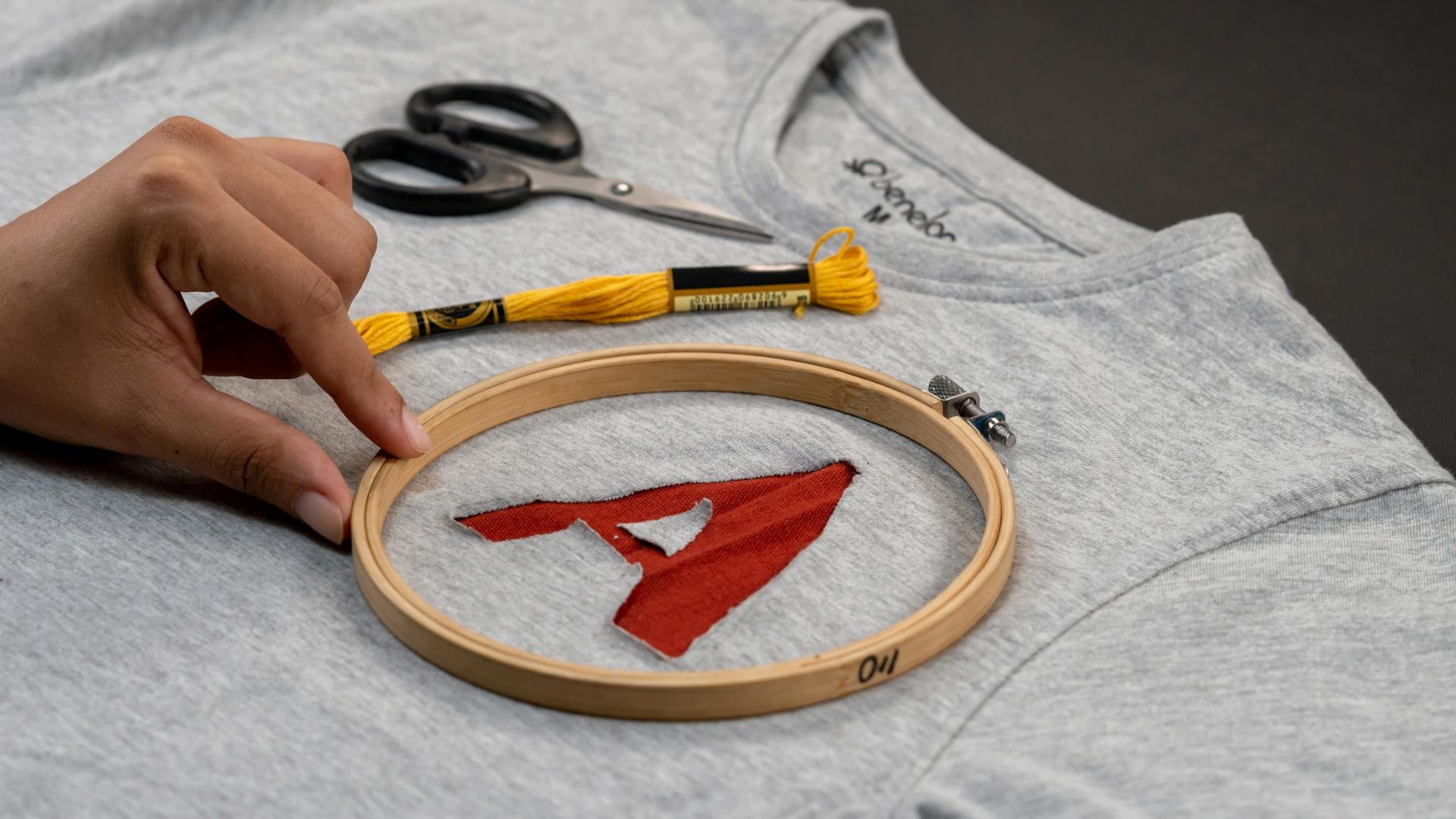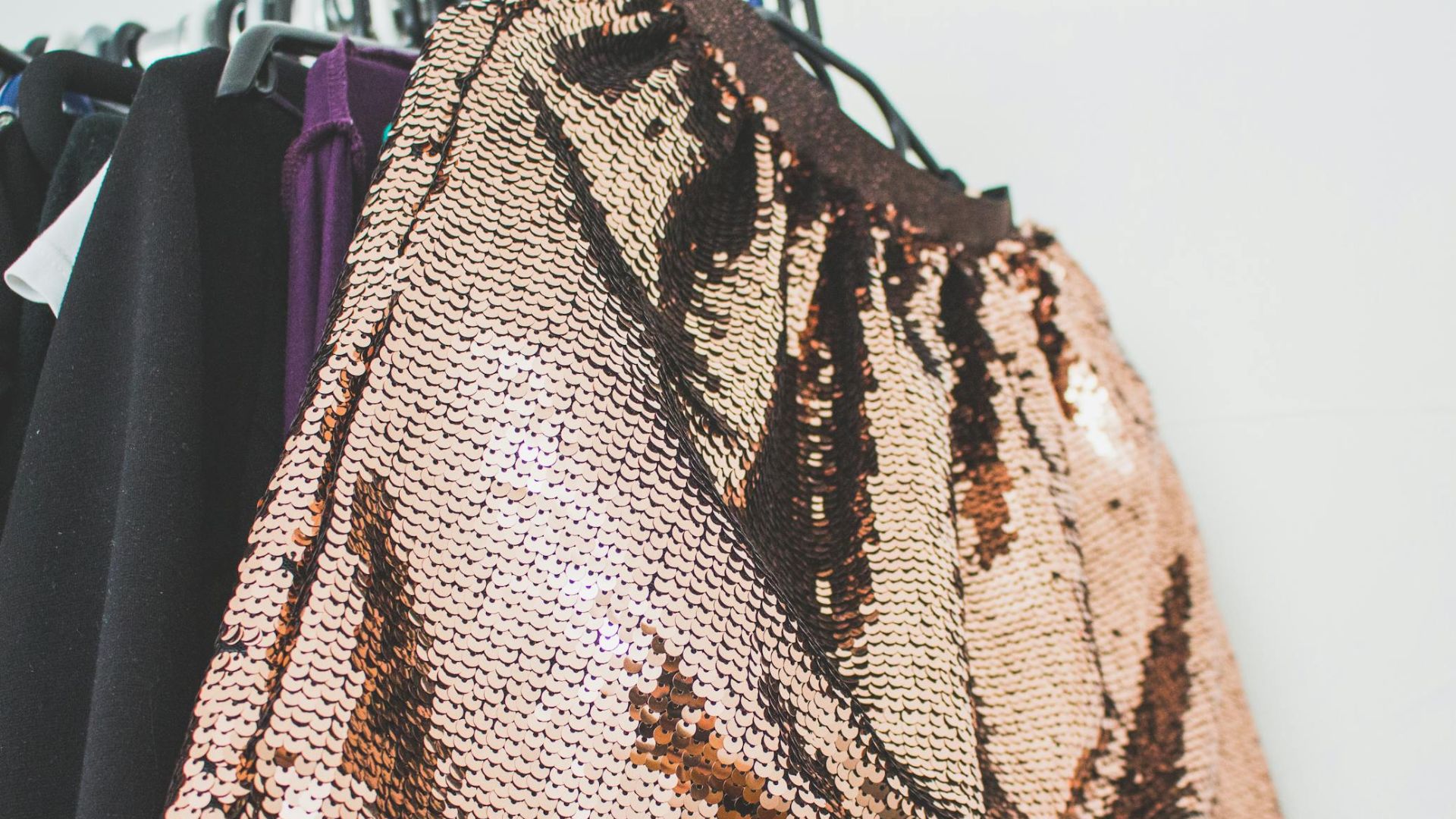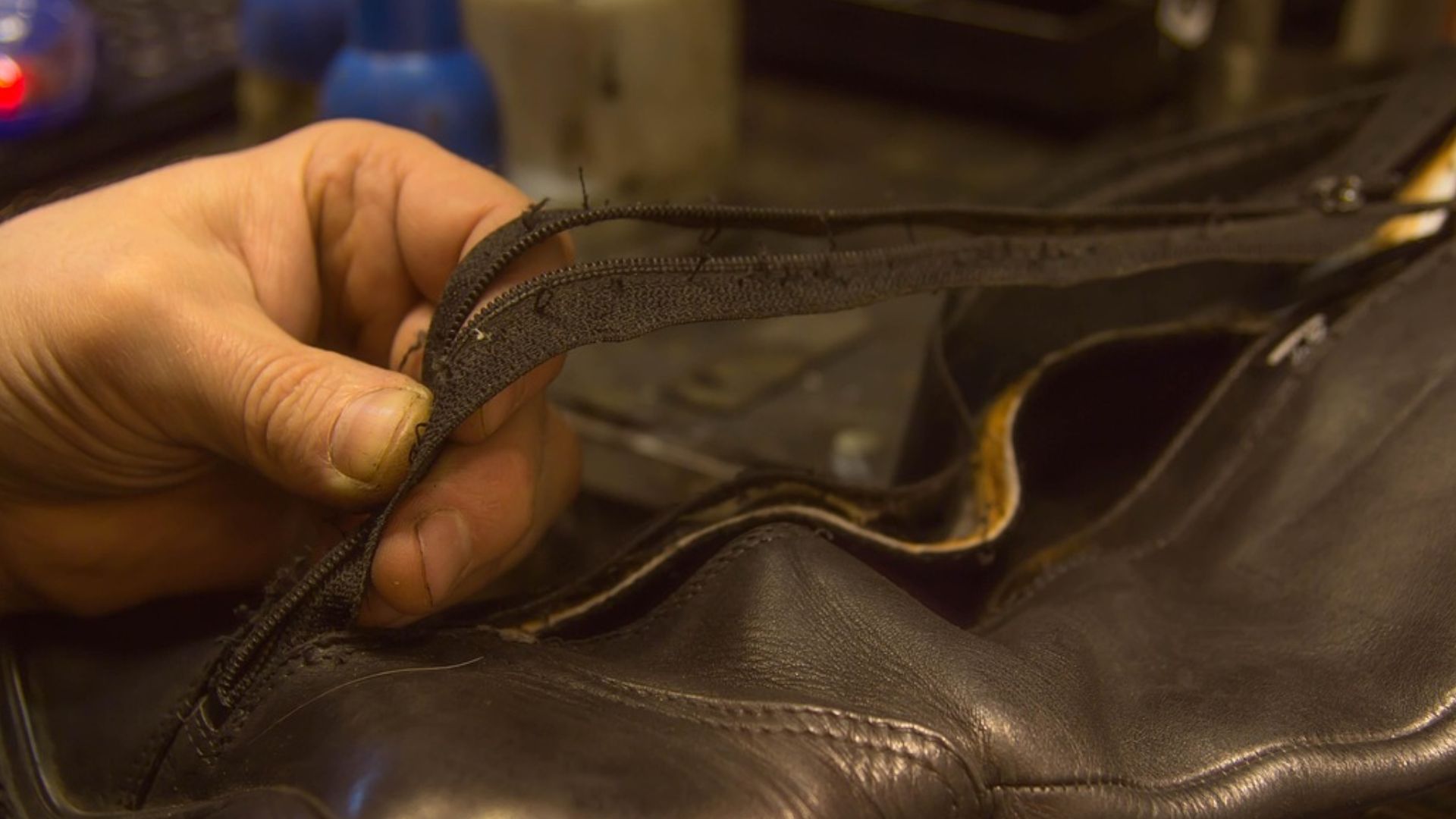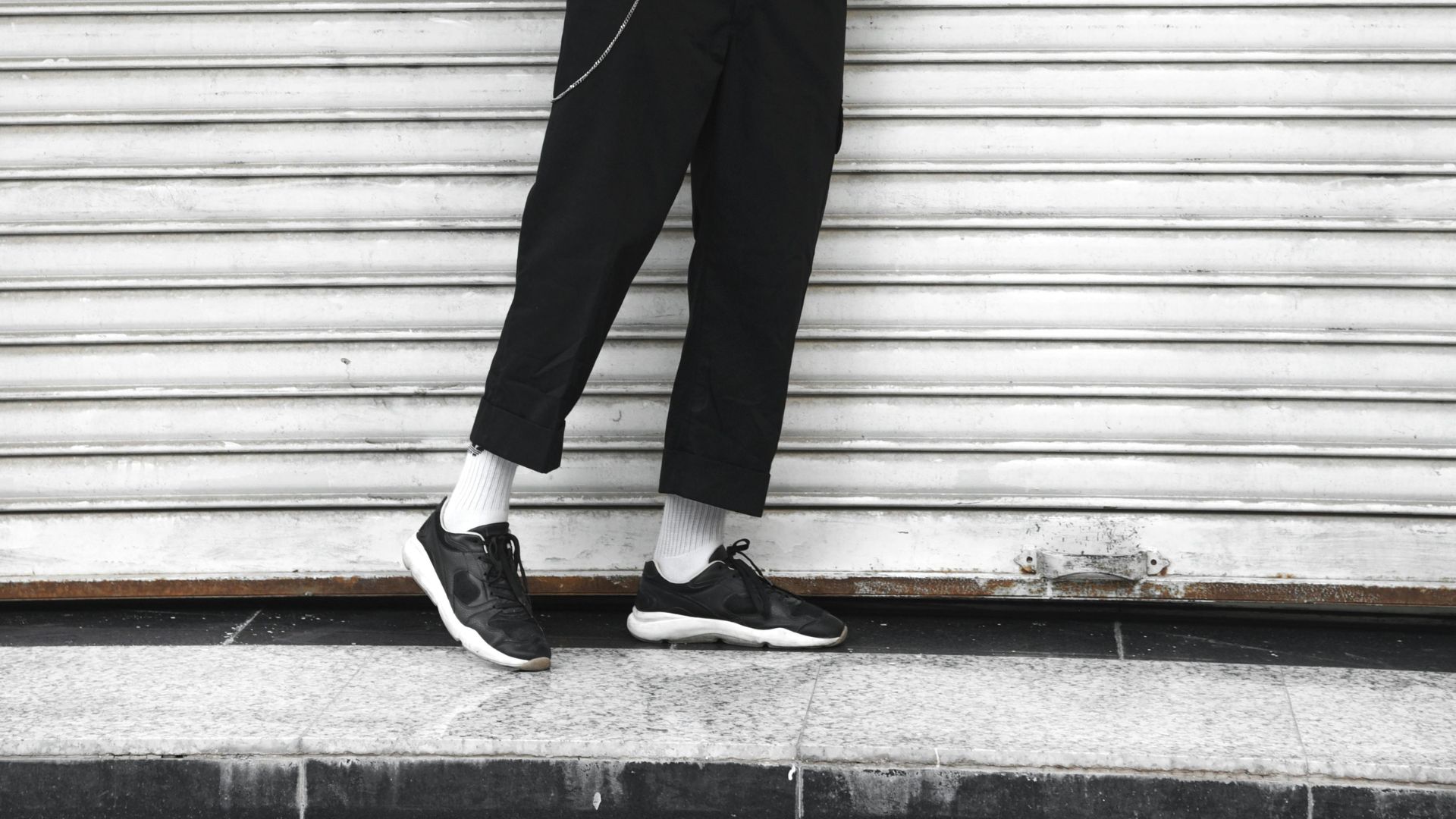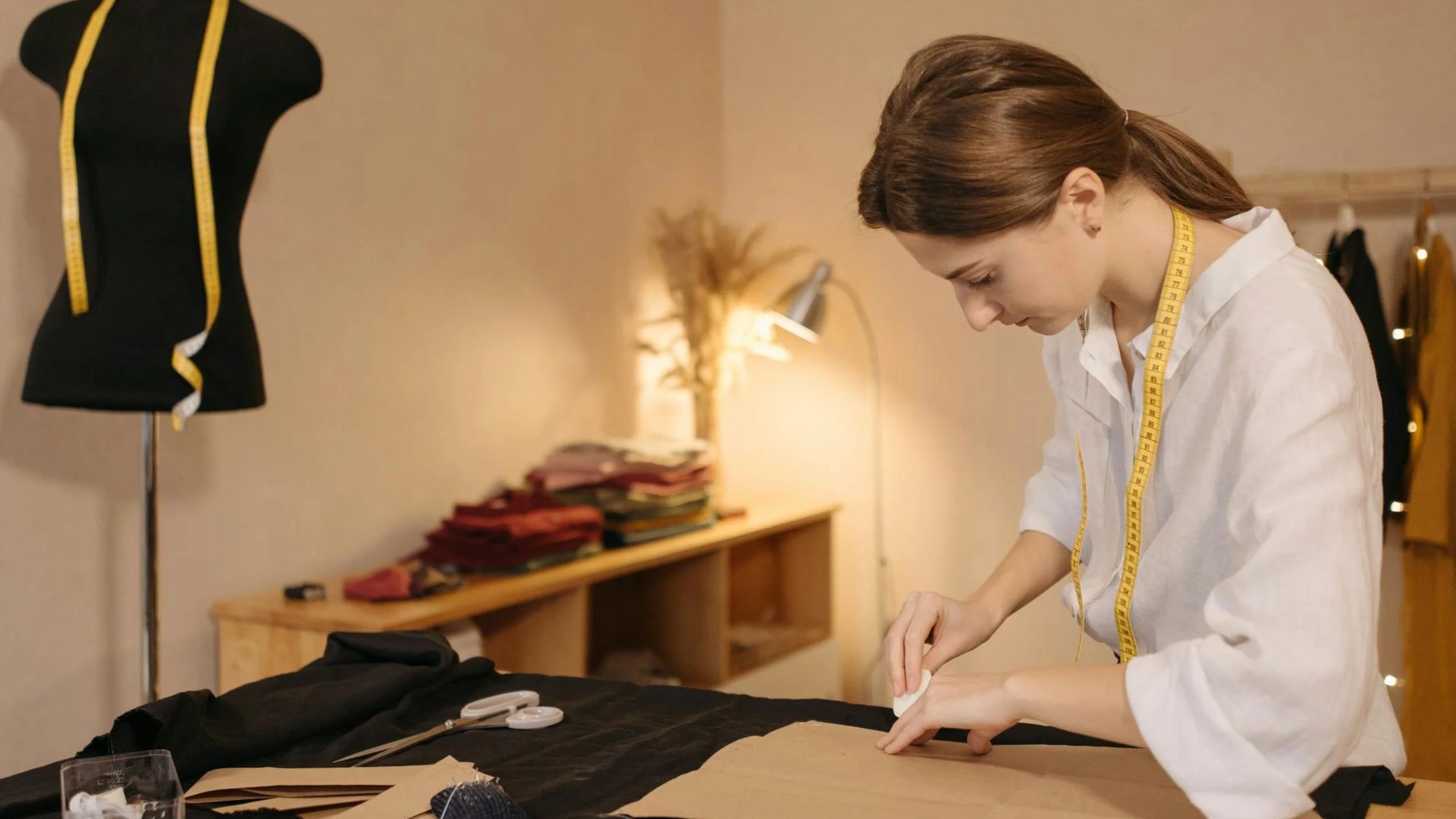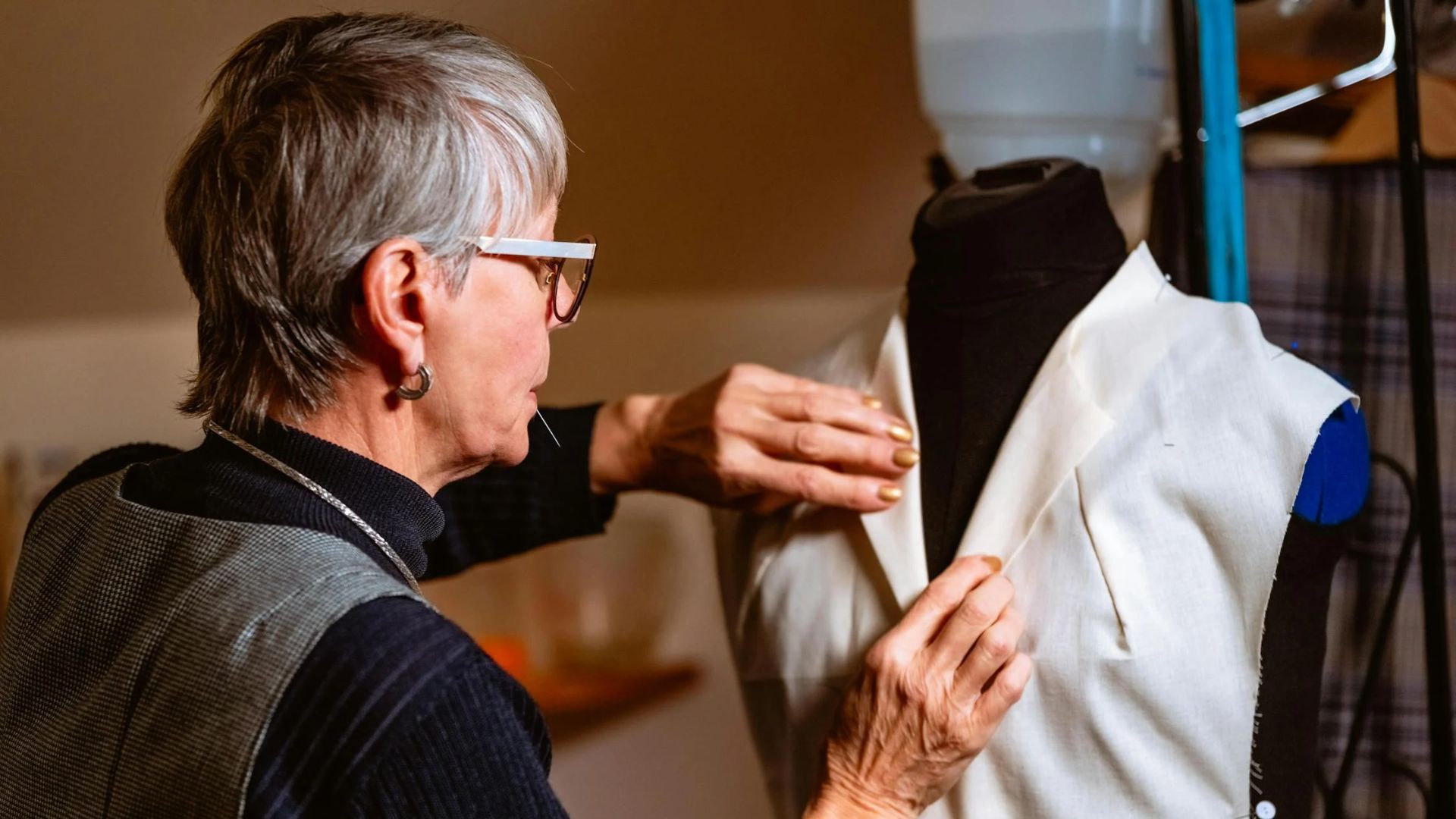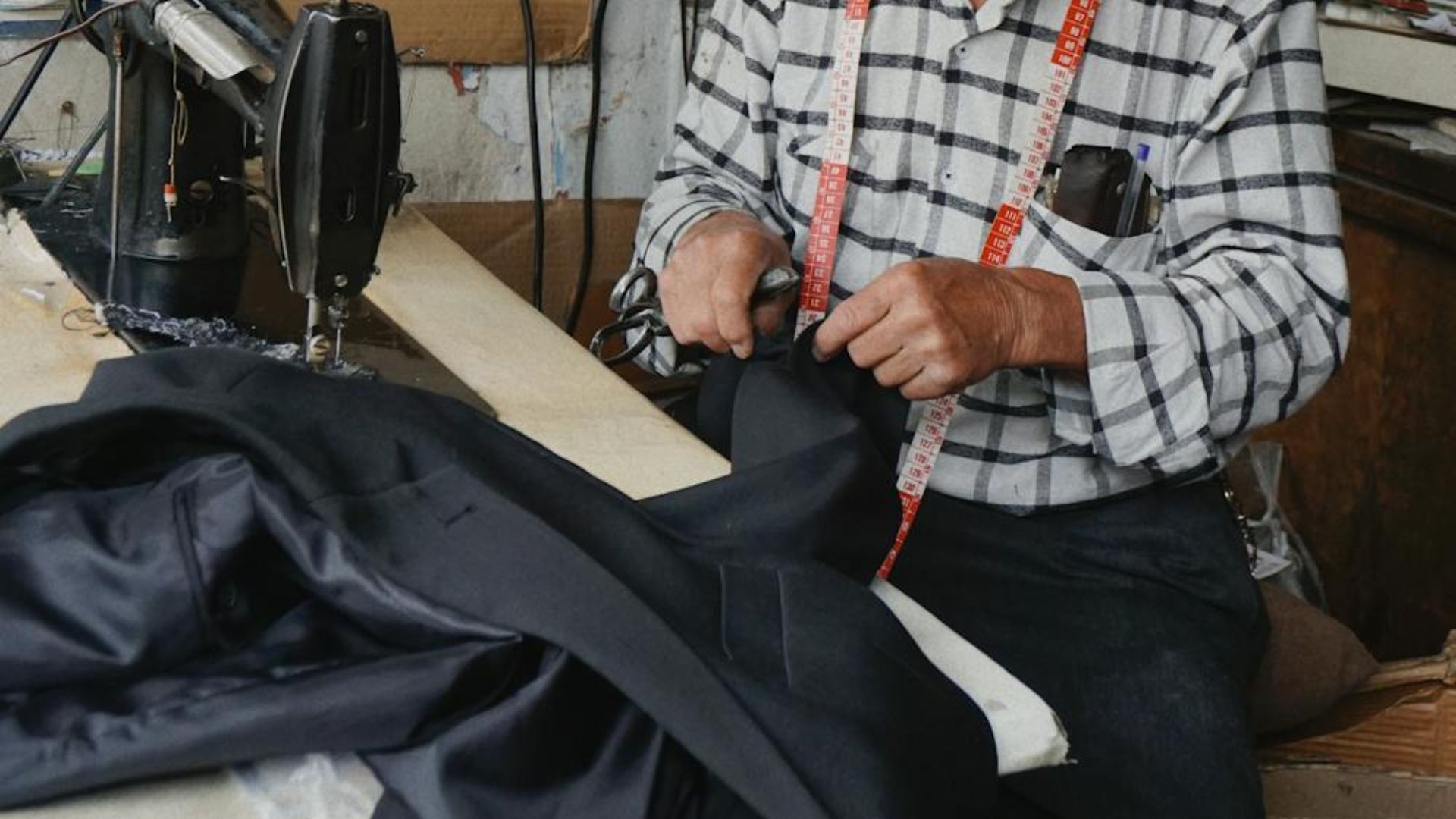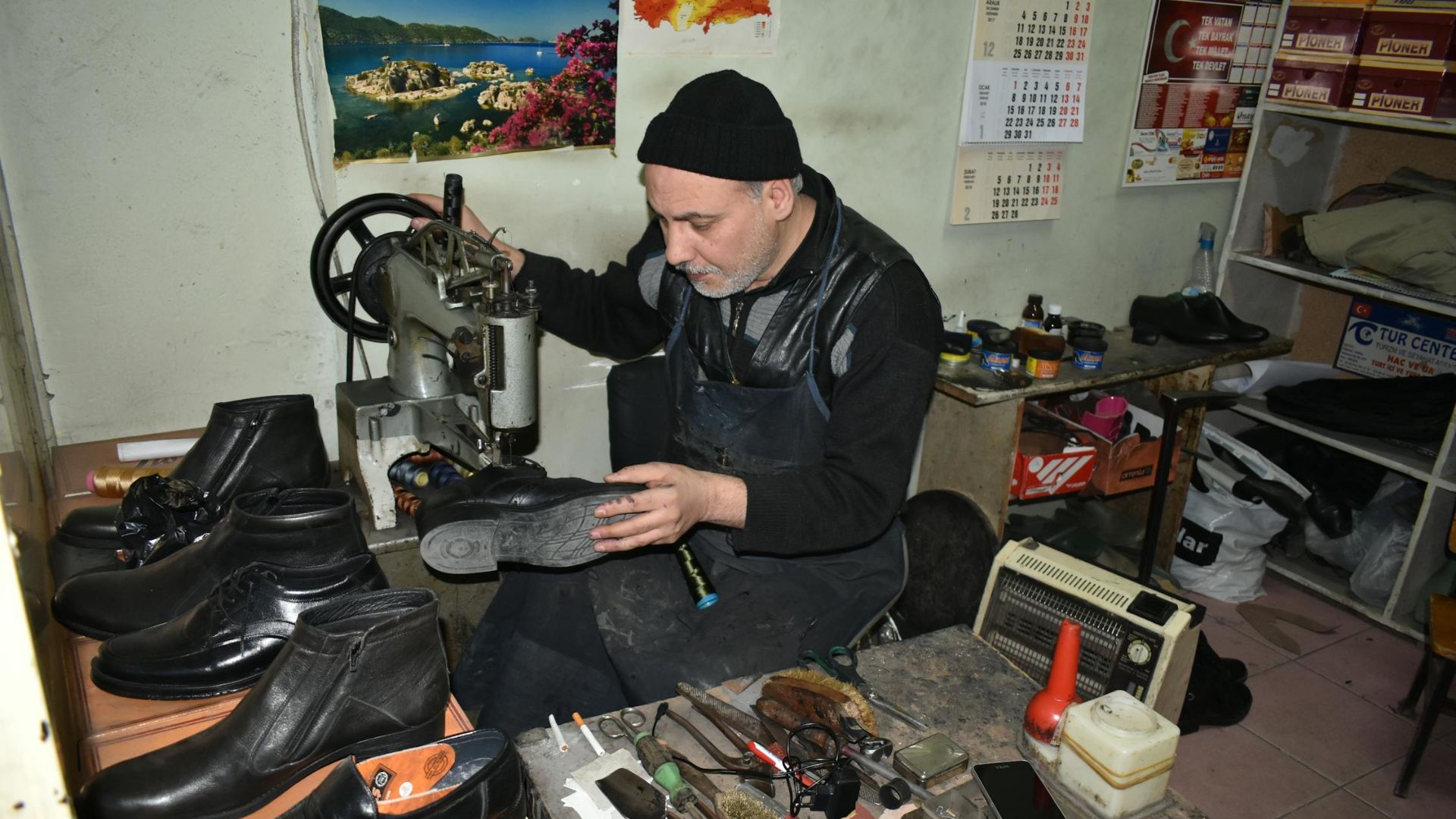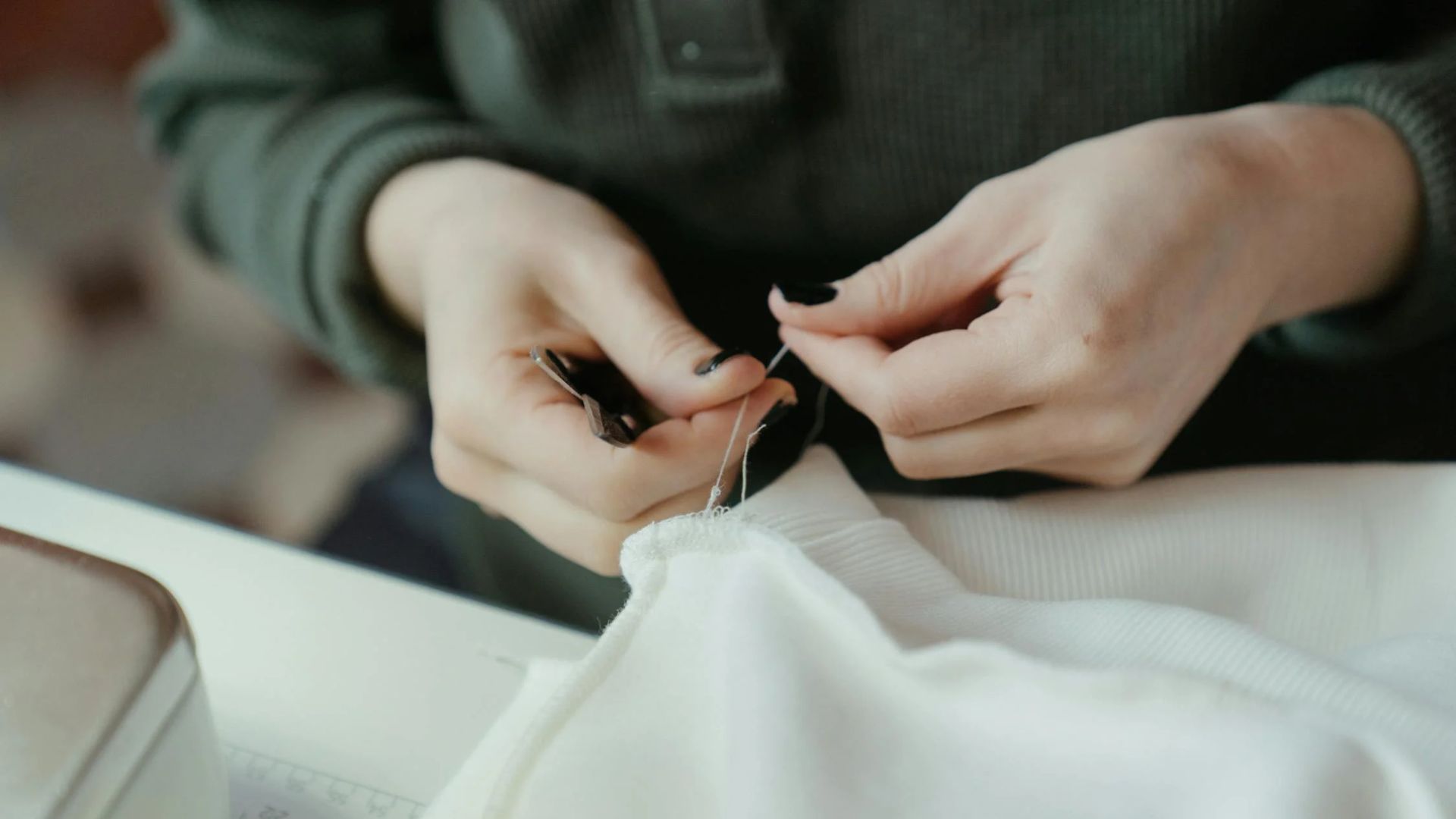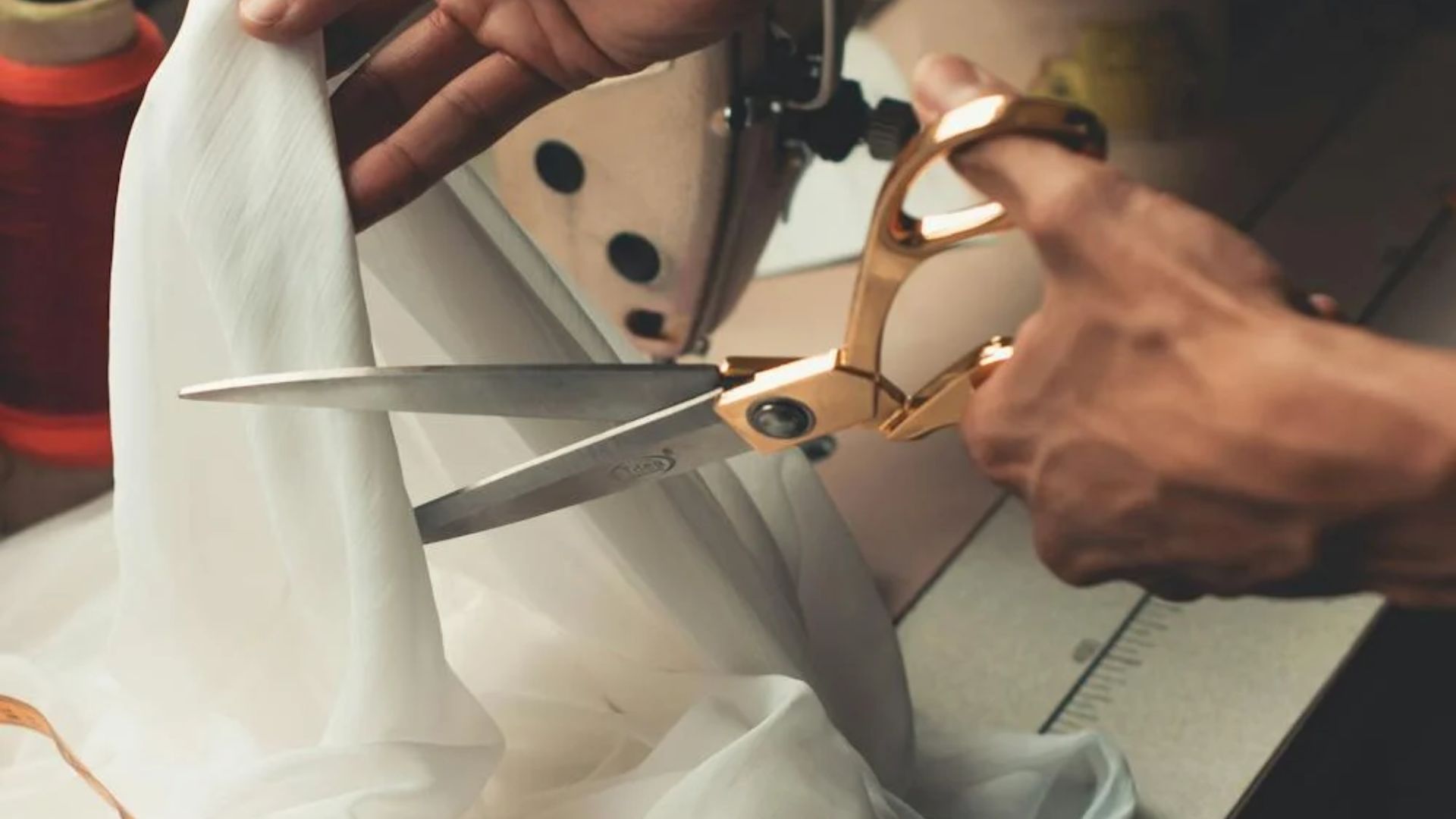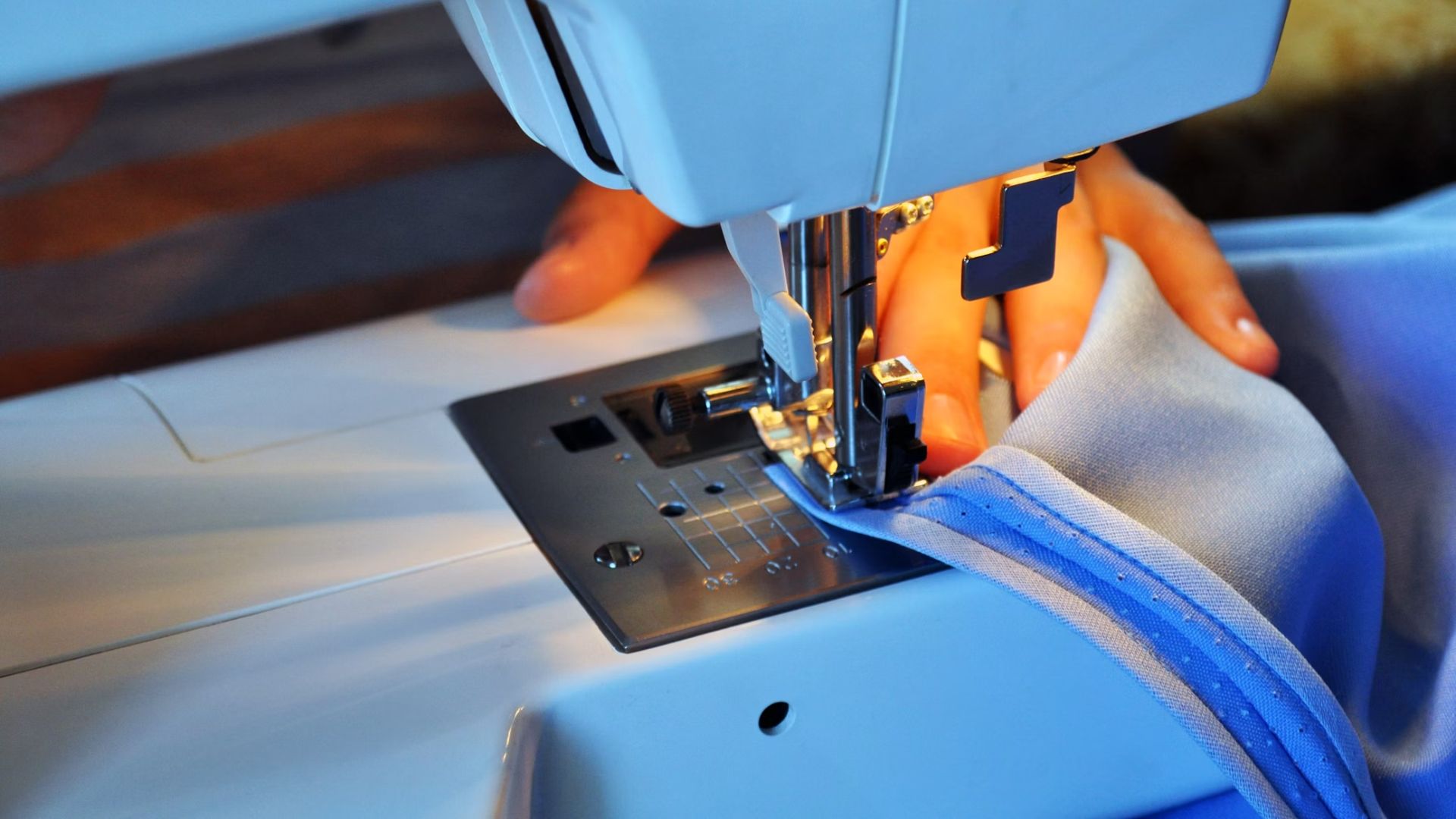Do You Know Your Limits?
A little sewing knowledge can go a long way, but it’s not a magic trick that works for everything. Some clothing tweaks are easy and cheaper to just do yourself, while others will test your skills (and your sanity) if you don't know what you're doing. If you know the basics, let’s begin by understanding what’s safe to fix by yourself before moving on to the stuff you should leave to the professionals.
1. Hemming & Repairing Hems
Repairing hems is the easiest of all. Gather fabric glue, iron-on tape, or a simple needle and thread. A clean hemline transforms frayed edges into a polished look. For a temporary fix, double-sided tape also does the trick. No more tripping over extra fabric!
2. Pinching In Loose Clothing
Baggy shirts or dresses drown your shape. Pinch the fabric at the sides, stitch a new seam, and there you go—an instant fit! For stretch fabrics, use a zigzag stitch to prevent puckering. Even a simple running stitch can redefine an oversized garment.
3. Replacing Buttons & Small Fasteners
Losing a button doesn’t mean you should call your tailor or toss the shirt. You can easily thread a needle, loop it through the holes, and secure a new button in minutes. Just keep spares from old clothes because they might save an outfit one day. You can also try a special button for a quirky, personalized touch.
4. Adjusting Straps & Sleeves
Ill-fitting straps can ruin an outfit, but the good news is that you can shorten them by folding and sewing or use safety pins for a no-sew fix. For loose sleeves, roll, tuck, or even create stylish gathered details. Adjusting small elements dramatically improves comfort and confidence.
5. Tapering & Reshaping Pants
If a pair of straight-leg jeans looks outdated, do this: Mark a new seam, get a matching string color, stitch along the line, and trim excess fabric. Slimming down pant legs enhances the modern appeal. For denim, go the extra mile and reinforce with double stitching.
6. Adding Patches & Decorative Fixes
Holes or just plain boredom—patches solve them all. You could do iron-on designs or hand-sewn embroidery. Adding such patches personalizes clothing in minutes. Add a distressed patch for more character if you are working with vintage denim. As for streetwear style, go bold with vibrant, oversized designs.
7. Shortening & Reshaping Skirts Or Dresses
You can chop your outdated midi skirt into a trendy mini. Just measure, cut, and hem the edge. A raw hem on casual fabrics is an effortless, edgy vibe. Shortening could turn a shapeless dress into one stunning statement piece.
8. Sewing Darts & Creating Shape
Darts refine a garment’s fit, contouring fabric around the bust, waist, or hips. They are also perfect for giving boxy tops a more tailored shape. To get it right, mark, fold, and stitch! For a professional touch, press darts flat for a seamless structure.
9. Basic Zipper Repairs
Stuck zippers are a nightmare. But the saving grace is rubbing a graphite pencil or wax along the teeth to free them. If the pull breaks, replace it with a paper clip or key ring. Broken sliders? Swap them out without removing the entire zipper. Crisis averted!
10. Cuffing & Rolling Pant Legs For Style
Sometimes, a raw hem isn’t necessary. Folding up pant legs gives an effortlessly cool vibe. You can try double-cuffing for a polished look or a loose roll for a relaxed feel. Experiment with different styles to complement various shoes. It’s effortless but stylish.
All these alterations are quick and totally worth trying yourself. Others? They’re a one-way ticket to ruining your favorite outfit. So, what should you not tackle at home? Let’s get into it.
1. Tailoring Suit Jackets & Structured Blazers
Suit jackets are design marvels. Shoulder padding, inner lining, perfect hems, and structured seams demand precision. One wrong cut and the entire balance collapses. A tailor ensures the original design remains intact while achieving a flawless, form-fitting look.
2. Resizing Wedding & Formal Dresses
Lace, boning, beadwork, and any other intricate embroidery—leave that for the experts. A single misstep could ruin a thousand-dollar gown. Professionals handle delicate fabrics and ensure that even the tiniest adjustments maintain the dress’s integrity.
3. Leather & Suede Alterations
Have you ever tried sewing leather with a household machine? Well, it’s a bad idea. Thick, unforgiving material requires industrial-strength needles and precise techniques. Even the tiniest of slips can ruin the leather permanently. Professionals use specialized stitching methods and adhesives for seamless alterations—no DIY experiments here!
4. Shortening & Restructuring Lined Jackets
The lining isn’t just fabric. It’s a structural component. Shortening a jacket means adjusting the outer shell, inner lining, and sometimes even pocket placement. Only the pros can deconstruct and rebuild by keeping both layers aligned perfectly.
5. Replacing Heavy-Duty Zippers
Coats, boots, heavy jackets, and bags need industrial-strength zippers, and replacing them involves prying apart heavy fabric layers and stitching through rigid materials. You need precise alignment to secure the zipper without weakening the garment. So, DIY fixes usually end in frustration.
6. Altering Shoulder Seams & Suit Shoulders
The shoulders dictate how a garment drapes and tailors know how to go about it. Doing it at home can be a disaster because if you alter them wrongly, it affects the entire balance. Too tight, and you lose mobility. Too loose, and the garment slouches.
7. Working With Silk, Chiffon, Or Sheer Fabrics
One snag, and it’s game over! Silk, Chiffon, and sheers are delicate fabrics that fray instantly and require ultra-fine stitching. Professionals use micro-needles, invisible seams, and careful handling to avoid damage. Your inexperienced hands might leave puckering, visible stitches, or worse—an unwearable mess.
8. Resizing Or Adjusting Puffer/Down Jackets
Altering insulated jackets risks shifting the filling, which might ruin warmth distribution. Once the down feathers or synthetic insulation moves, restoring it is nearly impossible, as sealed seams make modifications tricky. If you don’t want to sacrifice comfort, avoid making it your project.
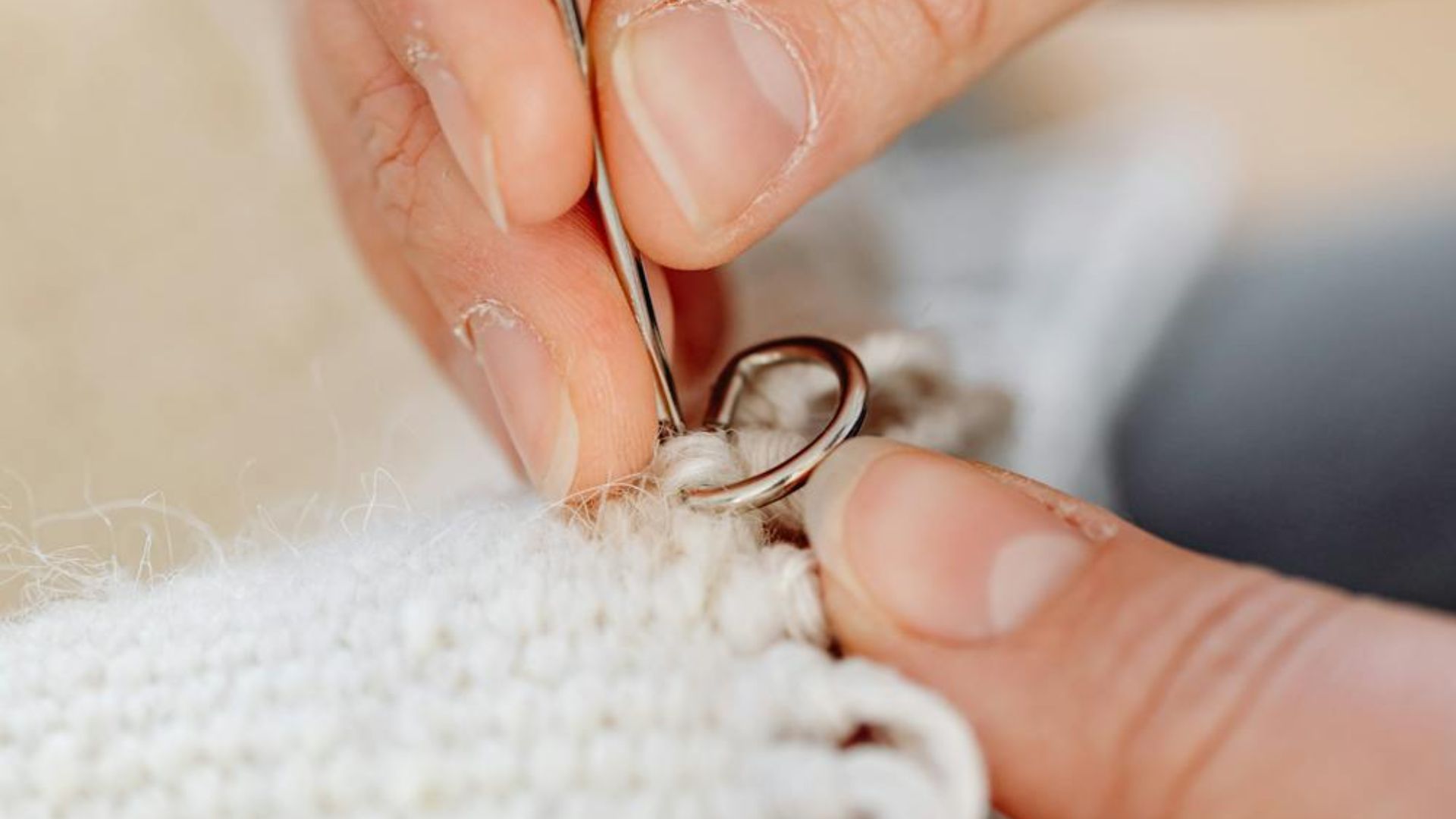 Photo By: Kaboompics.com on Pexels
Photo By: Kaboompics.com on Pexels
9. Major Resizing Of Garments
Handling a one-size dress might be doable. However, changing XXL to a Small? That’s a tailoring nightmare. Dramatic downsizing distorts proportions because it requires pattern adjustments and strategic fabric redistribution. Skilled pros balance fit and structure, whereas DIY attempts often fall short.
10. Repairing Or Restoring Beading & Embroidery
Hand-sewn beadwork takes hours. You must match threads, restore patterns, and secure delicate embellishments, which requires a perfectly steady sent of hand. Incorrect techniques result in loose beads or frayed embroidery. So, trust a professional to keep your embellished pieces dazzling and secure.
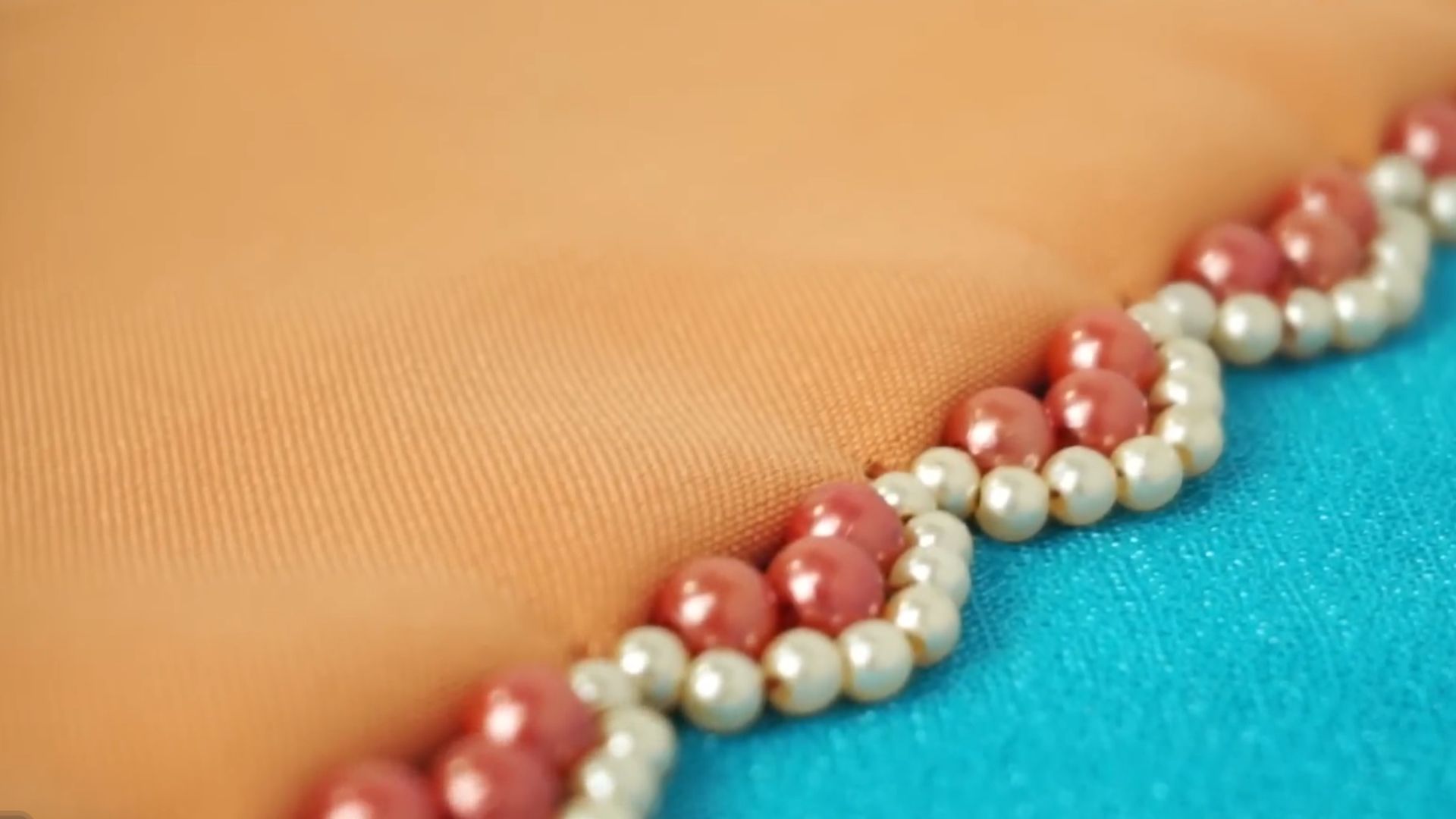 Easy DIY Ideas for Dresses: Beaded Border Design by HandiWorks by HandiWorks
Easy DIY Ideas for Dresses: Beaded Border Design by HandiWorks by HandiWorks



